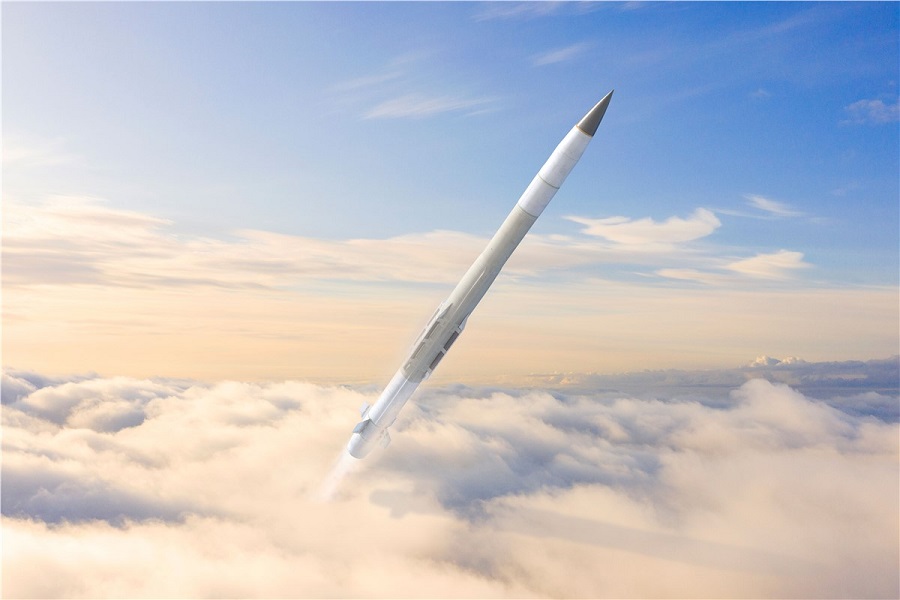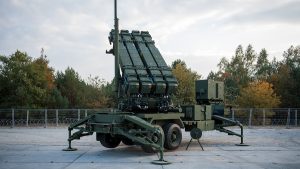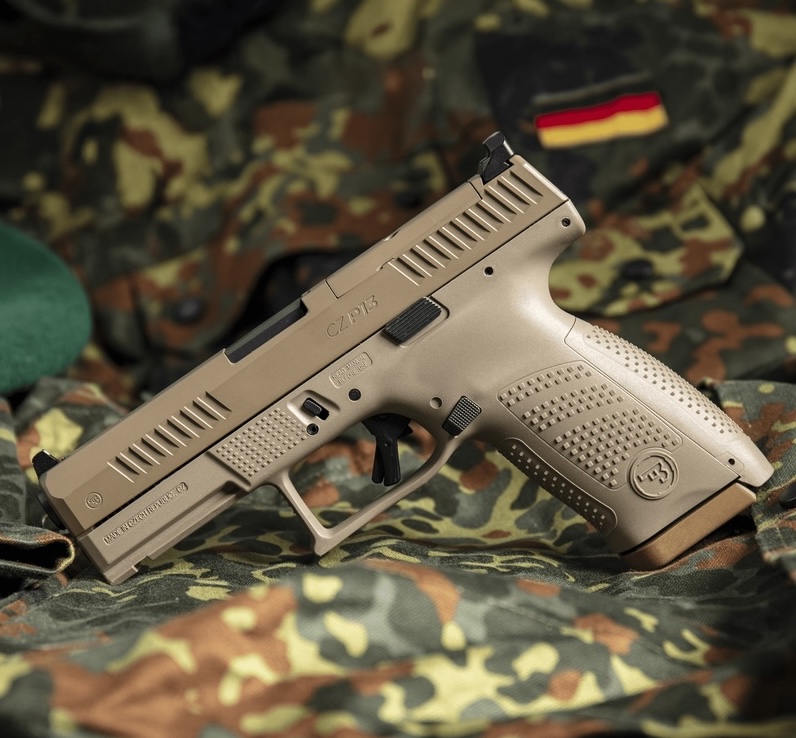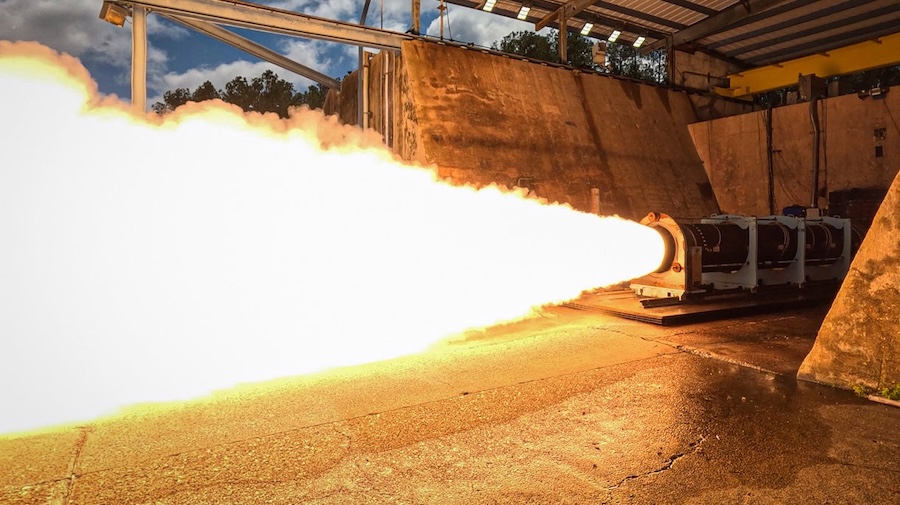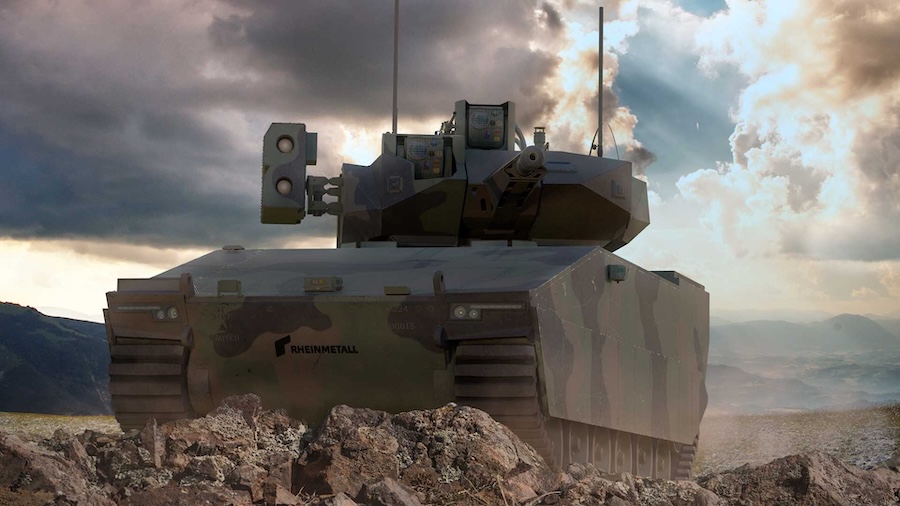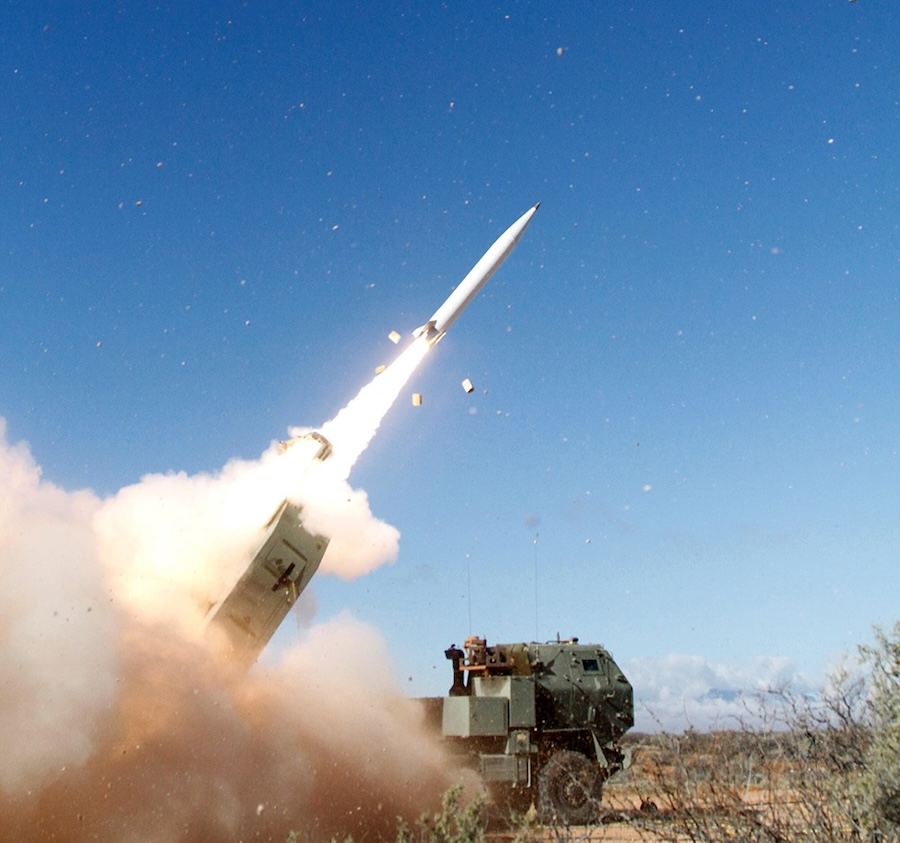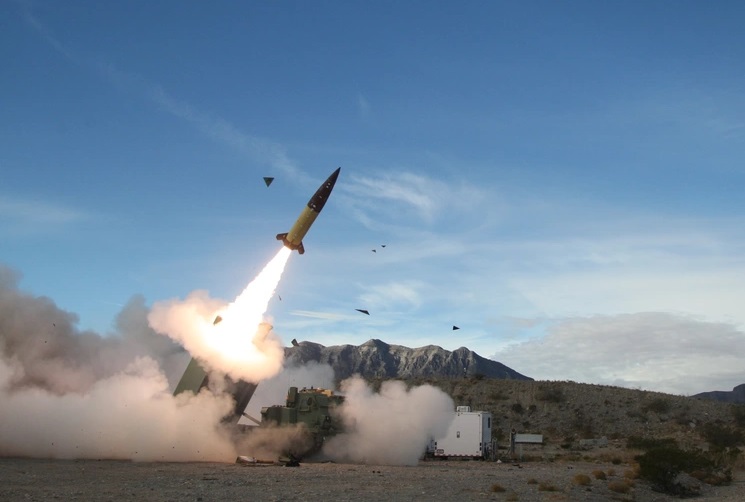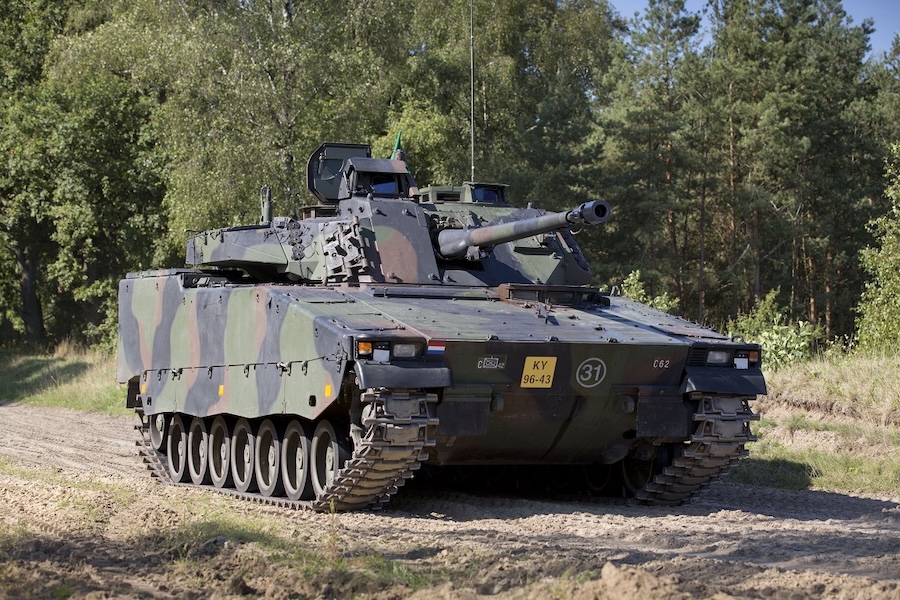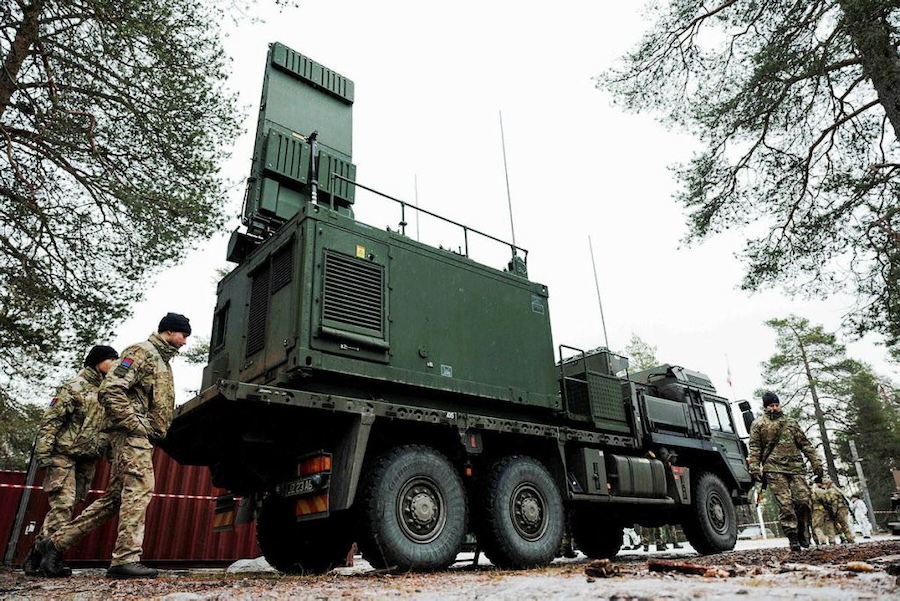During this critical trial, PAC-3 Missile Segment Enhancement (MSE) and Cost Reduction Interceptor (CRI) showcased their ability to detect, track, and engage an advanced Tactical Ballistic Missile (TBM) target. The interceptors were launched in a ripple formation, successfully intercepting and neutralising the TBM target in mid-flight.
Brian Kubik, vice president of PAC-3 Programs, emphasised the importance of this achievement for U.S. defence strategy. “Integrating PAC-3 with new, advanced systems to deliver next-generation deterrence capability is a critical piece of the U.S. Army’s modernization strategy,” he stated. Kubik highlighted that this advancement reflects “21st Century Security® in action – by harnessing digital technologies to network platforms together, Lockheed Martin is increasing the effectiveness and deterrent value of defense solutions for our customers.”
This success follows a series of comprehensive preparatory efforts. Lockheed Martin collaborated closely with the U.S. Army, conducting extensive ground tests and captive carry trials to ensure readiness for this flight demonstration. These tests build upon previous PAC-3 capabilities demonstrated with the Integrated Battle Command System (IBCS) and the LTAMDS radar.
The PAC-3 missile, renowned for its Hit-to-Kill technology, is designed to counter threats through direct body-to-body impact, delivering greater kinetic energy on the target than traditional blast-fragmentation methods. This approach enables the PAC-3 to effectively defend against an array of threats, including tactical ballistic missiles, aircraft, and advanced weapons such as hypersonics and cruise missiles.


